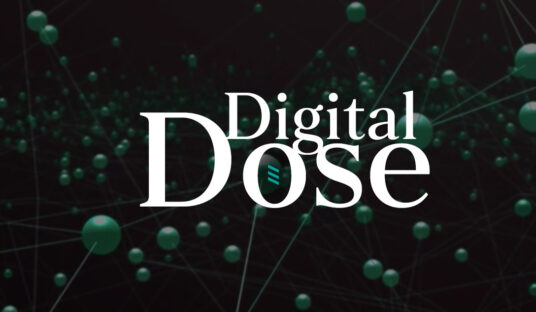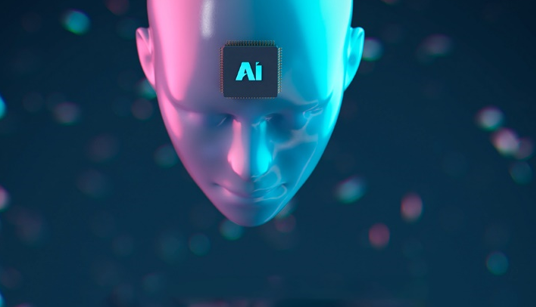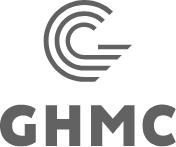
Welcome to your bi-weekly dose of trending news from the digital universe, courtesy of the Spectrum Science Innovation Team.
In this edition of Digital Dose, we’re sharing the latest in AI from TikTok parent company, ByteDance, and following up on last edition’s Google Chrome cookie depreciation.
TikTok Parent Company ByteDance Has New AI Model
Researchers from ByteDance, the owner of TikTok, created an AI-enabled streaming voice converter called StreamVoice that enables users to speak with any other voice in real time – it only needs “one utterance” of speech from the voice the user wants to imitate. The output occurs at the speed of livestreaming. StreamVoice is not yet available to the public. Read More.
Why it matters: ByteDance researchers did not describe how they think people should use StreamVoice, but they did acknowledge that voice AI technology could be misused for various purposes, like spreading fake information or phone fraud. From a communications standpoint, this technology could be used to produce voice recordings of executives or others who may be extremely busy for use in podcasts, social media content, video voiceovers and more. We will continue to monitor the release of and use cases for StreamVoice in the coming weeks.
Navigating A Cookieless World: Challenges and Solutions Presented with Google’s Cookie Depreciation Trial
Following up on our ongoing coverage of Google Chrome’s cookie depreciation, Google’s trial to deprecate 1% of cookies on Jan 4th has led to a 30% decrease in monetization for un-cookied Chrome users compared to those with cookies. The impact was not as significant as the 60% decline in performance related to Safari when Apple removed identifiers, but the total effects of deprecating all cookies in 2H remains unknown. Read more.
Why it matters: With Google’s plans to phase out all third-party cookies in 2H2024, advertisers must focus on first party data to reach qualified audiences. Clean rooms enable advertisers to combine their first-party data with the DSP’s data assets for audience segmentation and targeting in a privacy compliant way. Benefits include in-depth analytics to accurately measure attribution, data stitching from multiple sources to understand the full audience journey and safely storing anonymized data for omnichannel activations. However, all clean rooms are not created equal. When evaluating clean rooms, advertisers should consider privacy control, data accuracy, scalability, and integration and accountability. For more on clean rooms, check out these articles from Marketing Brew and Insider Intelligence.
Interested in more? Don’t miss these additional digital headlines:
- 5 Data Privacy Trends to Watch in 2024 [AdMonsters]
- BeReal Adds New Feed for Celebrity and Brand Accounts to Reignite User Interest [BeReal]
- TikTok Encourages Some Creators to Post Video in Landscape Format [Social Media Today]
Have questions or comments on the content of this blog? Email Innovation@SpectrumScience.com
Perspectives

Media
Digital Dose: Disablement of Third-Party Cookie Tracking and X’s 2024 Development Plan

Media
Digital Dose: LinkedIn’s New Media Planning API and a New Trending Topics Feature on Threads

Media
Digital Dose: Google and Reddit’s Latest Partnership and Tips for Engaging Gen Z on LinkedIn

Media
Key Insights on AI Integration in Healthcare: Reflections from PM360 Magazine’s SPARK2024 Innovation Summit





